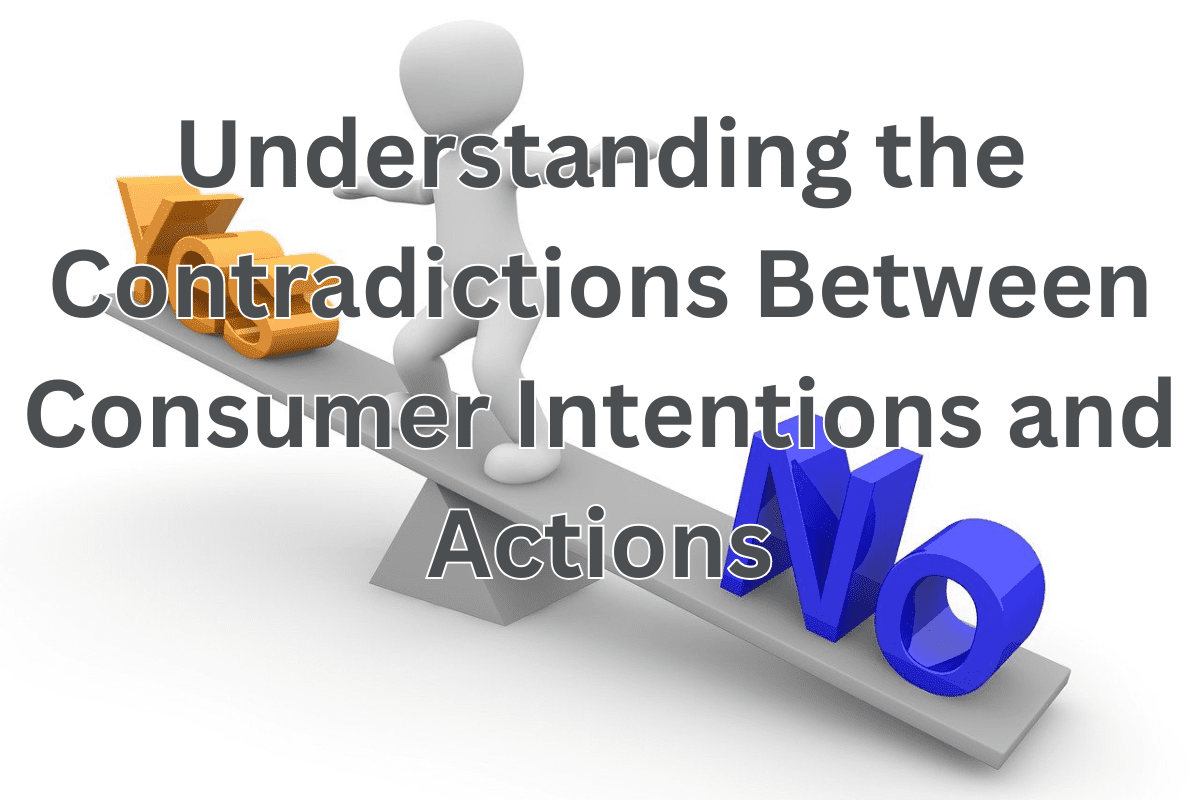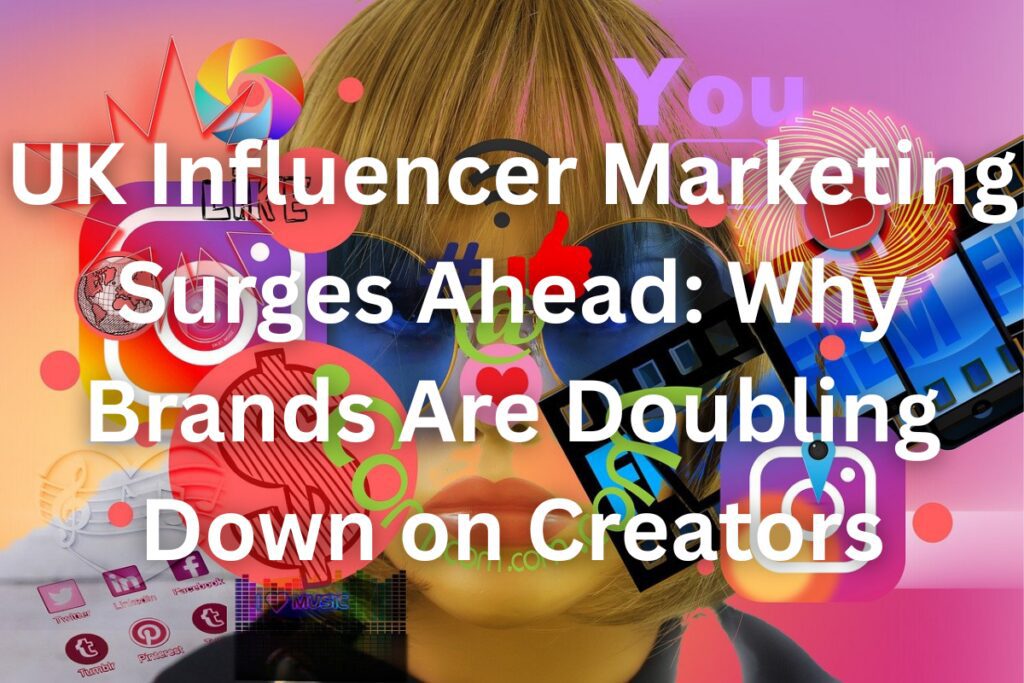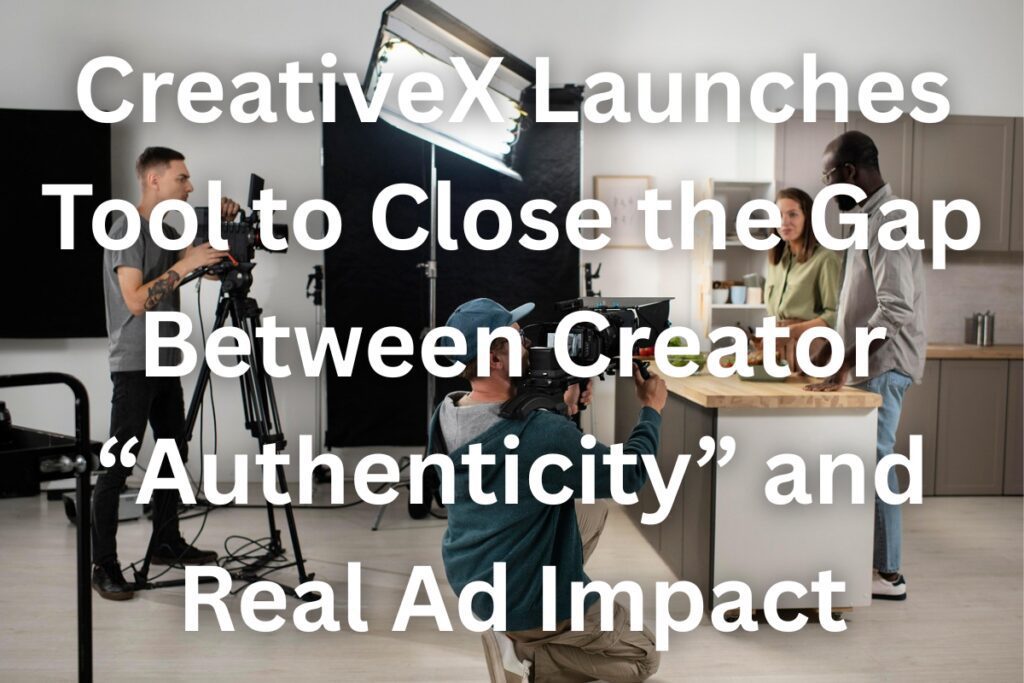Have you ever promised yourself you’d eat healthier, exercise more, or reduce screen time, only to fall back into old habits? You’re not alone – your customers do it too.
The gap between what consumers intend to do and what they actually do presents a significant challenge for marketers. Despite the best efforts of businesses to track and understand their audience, human behaviour is often unpredictable and contradictory.
According to the Managing Director of TGI and Insight at Kantar Media, understanding these contradictions is key to effective consumer communication.
The question is: how do businesses accurately identify, track, and engage with customers when their behaviours and stated preferences don’t always align?
The Power of Data-Driven Insights
To bridge the action-intention gap, marketers must move beyond surface-level assumptions and delve deeper into consumer behaviour.
The key lies in harnessing powerful insight tools that analyse both first- and third-party data, offering a more nuanced picture of the target market. By managing, merging, and interpreting vast datasets, businesses can better understand what truly drives consumer decisions.
Kantar Media’s TGI division has been closely examining their longitudinal data to pinpoint where these contradictions appear. The results show that they exist across all demographics, from young consumers to middle-aged professionals.
Young Adults: A Dichotomy of Spending and Saving
Among younger consumers aged 15-34, the contradictions are particularly striking.
This group claims to be budget-conscious, with 54% stating they budget for every penny spent, compared to 47% of all adults. Yet, 37% also admit to having expensive tastes, and the same percentage pride themselves on purchasing new products before their peers. This figure is significantly higher than the 26% and 21% of all adults, respectively.
Environmental concerns also reveal a paradox. Half of Millennials claim they are willing to make lifestyle changes to benefit the planet, but 37% believe environmentally friendly actions are only worthwhile if they save money.
This contrast with the 26% of all adults who share this belief highlights the complexity of consumer motivations.
Health and Well-Being: Stated Priorities vs. Real Actions
Health-conscious intentions often don’t translate into consistent behaviours.
Adults aged 18-34 are 56% less likely than the average adult (18+) to say they drink alcoholic beverages daily. However, when they do drink, they are 82% more likely to say their goal is to get drunk.
This contrast exemplifies the disconnect between long-term health goals and short-term social habits.
Contradictions are also visible among older demographics. Women aged 35-54 exemplify this divide when it comes to beauty and self-image. While 75% believe that true beauty comes from within, 20% still feel it is important to always look perfect.
Such disparities highlight the challenges marketers face in aligning campaigns with both conscious values and subconscious desires.
Turning Insight into Impact
For marketers, acknowledging these contradictions is crucial in shaping effective campaigns.
Simply taking consumer statements at face value can lead to misguided strategies. Instead, a combination of robust data collection and in-depth behavioural analysis is essential to uncovering the truth behind purchasing decisions.
To successfully navigate the action-intention gap, businesses must:
- Track audience habits, attitudes, and circumstances – A combination of first- and third-party data offers a richer understanding of what consumers truly value.
- Refine messaging, format, and channels – Understanding where and how customers interact with content allows for more effective targeting.
- Design consumer-led products and services – A data-driven approach helps align offerings with what customers actually do, rather than what they say they will do.
The Future of Consumer Engagement
Understanding the disconnect between consumer intentions and actions isn’t just about creating more targeted advertisements – it’s about shaping better products, services, and overall brand experiences.
Businesses that embrace data-driven insights and behavioural analysis can craft marketing strategies that truly resonate with their audience.
By recognising these contradictions and adapting campaigns accordingly, brands can cut through the noise and establish stronger, more meaningful connections with their customers.
After all, success in marketing isn’t just about listening to what consumers say – it’s about understanding what they actually do.









